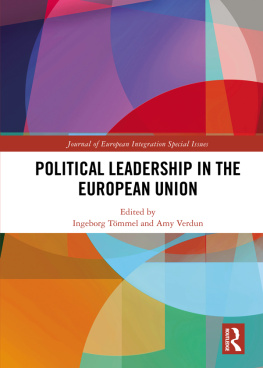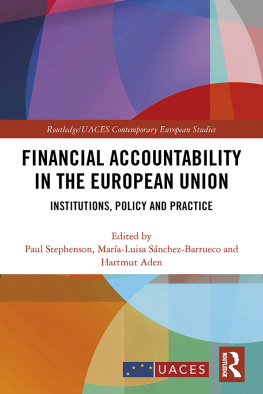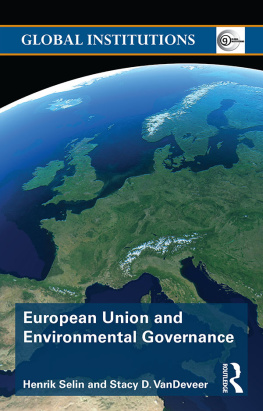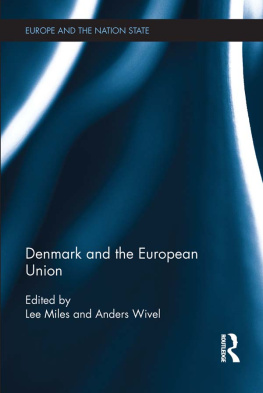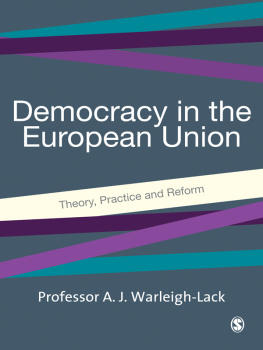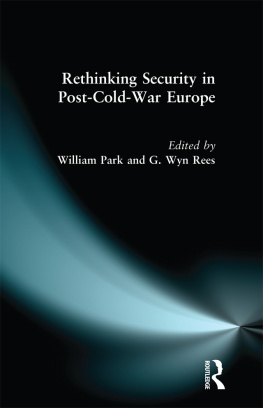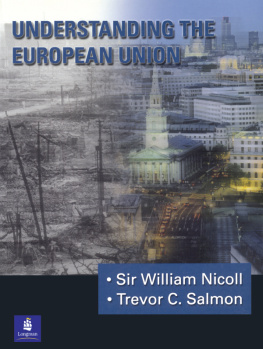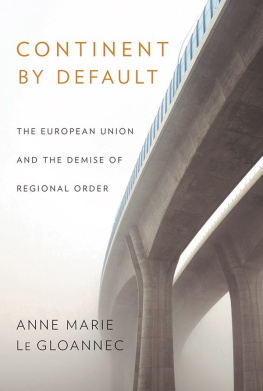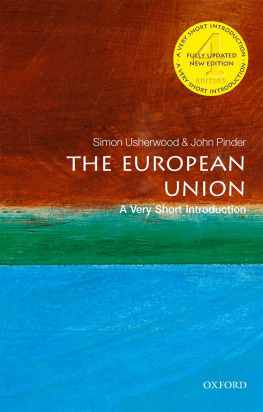Cover
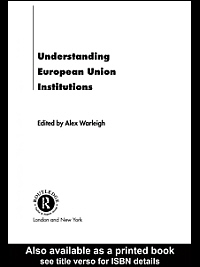
| title | : | Understanding European Union Institutions |
| author | : | Warleigh, Alex. |
| publisher | : | Taylor & Francis Routledge |
| isbn10 | asin | : | 0415242134 |
| print isbn13 | : | 9780415242134 |
| ebook isbn13 | : | 9780203470909 |
| language | : | English |
| subject | European Union. |
| publication date | : | 2002 |
| lcc | : | JN30.U5 2002eb |
| ddc | : | 341.242/2 |
| subject | : | European Union. |
Page i
Understanding European Union Institutions
What are the institutions of the European Union?
How do they work and what to they contribute to the functioning and development of the European Union?
Understanding the institutions of the European Union is vital to understanding how it functions. This book provides an introduction to the main institutions, and explains their different roles in the policy making and evolution of the European Union.
Features and benefits of Understanding European Union institutions:
It introduces and explains the function of all the main institutions, dividing them into those that have a policy-making role, those that oversee and regulate, and those that operate in an advisory capacity. |
It provides students with an overview of the history of the European Union and the development of its institutions, and considers their continuing importance to the success of the European Union. |
It is clearly written by experienced and knowledgeable experts in, and teachers of, the subject. |
It is presented in an accessible way, providing boxed key facts, summaries, guides to further reading, sample questions and contact information. |
Alex Warleigh is Reader in European Governance and Deputy Director of the Institute of Governance, Public Policy and Social Research, Queens University Belfast.
EUROPEAN UNION
Please visit our European Politics Arena at www.politicsarena.com/euro
Page ii
This page intentionally left blank.
Page iii
Understanding European Union Institutions
Edited by Alex Warleigh

London and New York
Page iv
First published 2002 by Routledge
11 New Fetter Lane, London EC4P 4EE
Simultaneously published in the USA and
Canada
by Routledge
29 West 35th Street, New York, NY 10001
Routledge is an imprint of the Taylor & Francis
Group
This edition published in the Taylor & Francis e-Library, 2002.
2002 Alex Warleigh, selection and editorial
matter; the contributors, individual chapters
All rights reserved. No part of this book may be
reprinted or reproduced or utilised in any form
or by any electronic, mechanical, or other
means, now known or hereafter invented,
including photocopying and recording, or in
any information storage or retrieval system,
without permission in writing from the
publishers.
British Library Cataloguing in Publication Data
A catalogue record for this book is available
from the British Library
Library of Congress Cataloging in Publication
Data
Understanding European Union institutions /
edited by Alex Warleigh.
p. cm.
Includes index.
1. European Union. I. Warleigh, Alex.
JN30 .U5 2001
341.2422dc21 2001019940
ISBN 0-203-47090-7 Master e-book ISBN
ISBN 0-203-24275-0 (OEB Format)
ISBN 0-415-24213-4 (hbk)
ISBN 0-415-24214-2 (pbk)
Page v
For Jason Adams, Chris Augerson, Michael Carmody, Clive Davis, Christopher
Lack, Ciarn OCeallaigh and Carl Stychin
(in alphabetical order, so you boys play nicely now)
And for Emma Harrison, Jo Seery, Josie Kelly, Andrea Ellner, Viki Lloyd, Louise
Hilditch and Rachel Monaghan
(in no particular order, since you girls share so instinctively)
Page vi
This page intentionally left blank.
Page vii
Contents
LISTS OF ILLUSTRATIONS | xii |
LIST OF CONTRIBUTORS | xiii |
ACKNOWLEDGEMENTS | xiv |
PART I
HOW DOES THE EU WORK? | |
| Introduction: institutions, institutionalism anddecision making in the EU
ALEX WARLEIGH | |
Why study the institutions of the EU? | |
New institutionalism and EU theory | |
Decision making in the EU: complexity, coalitions and the lobbying imperative | |
How to use this book | |
Notes | |
References | |
PART II
THE POLICY-MAKING INSTITUTIONS | |
| The Council of Ministers and the European Council
PHILIPPA SHERRINGTON | |
Key facts | |
Page viii
The Council: organisation and responsibilities | |
Evolution of the Council | |
Maintaining its authority: the Council as EU policy maker | |
The survival of the Council? | |
Summary | |
Test questions | |
Contact information | |
Notes | |
Selected further reading | |
References | |
| The European Commission
MICHELLE CINI | |
Key facts | |
The European Commission: composition and characteristics | |
Breaking with the past? Charting the evolution of the Commission | |
The Commission in the EU system | |
After Nice: challenges and prospects | |
Summary | |
Test questions | |
Contact information | |
Notes | |
Selected further reading | |
References | |
| The European Parliament
CHARLOTTE BURNS | |
Key facts | |
The European Parliament: composition, powers and functions | |
History and evolution of the European Parliament: from talking shop to legislature | |
Next page

